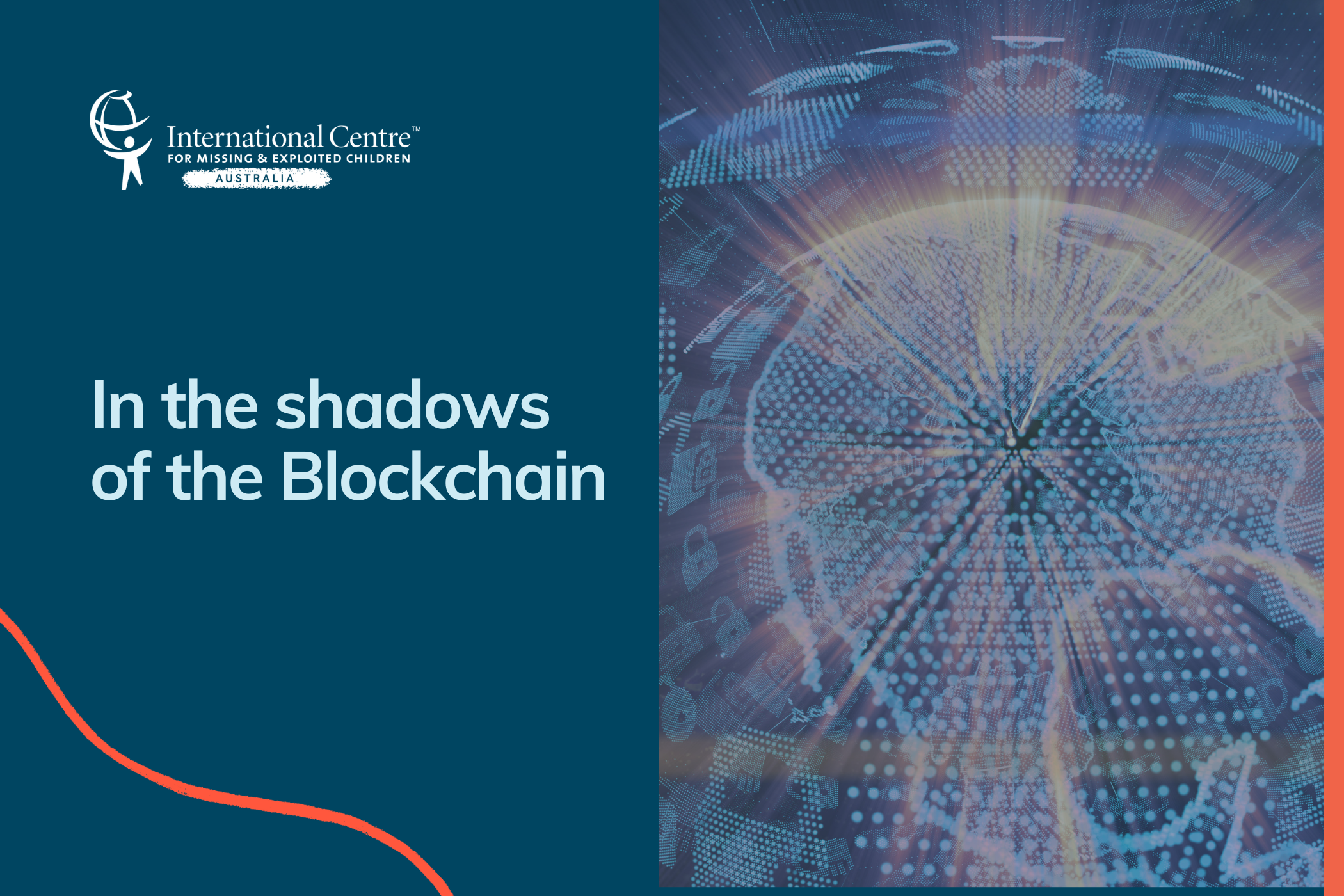


The online world is evolving at a rapid pace, and this transformation extends to payment behaviours. Banking is no longer restricted solely to traditional financial institutions. The entire consumer experience is undergoing a shift as our online presence grows, and the need for conventional payment methods diminishes. However, just like any other technological advancement, this evolution opens the door for illicit activity. Our borderless society means that we exist in a connected ecosystem of rapid innovation, but this also exposes vulnerable individuals to various threats in the online world.
One significant development in recent times is the rise of blockchain technology and cryptocurrencies. Cryptocurrencies – such as Bitcoin, Ethereum, and Ripple – are digital currencies that use cryptography for security. They operate on a technology known as the blockchain, which is a decentralised and distributed digital ledger that records transactions taking place between computers without a typical central authority like a financial institution. Each translation on the blockchain is secured by cryptographic hashes, and linked to the previous transaction, to create a chain of blocks – hence, the “blockchain”.
The innate characteristics of cryptocurrencies, decentralisation and advanced encryption, a perceived sense of anonymity, automation, and speed that payments can be made, make these payment types attractive to perpetrators of child sexual exploitation facilitated online. This adds yet another layer to the difficulties in detecting and eliminating technology-facilitated child sexual exploitation – especially for financial institutions and law enforcement.
For financial institutions, the rise in prominence of cryptocurrencies poses some significant difficulties. Traditional methods of detection and reporting differ when it comes to the blockchain. The anonymity provided by these digital currencies compounds the necessity for effective strategies for detecting, reporting, and preventing this abhorrent crime.
But, cryptocurrency is not completely anonymous or untraceable. Research is already showing us that this payment form is being used by offenders of child sexual exploitation and abuse. The Internet Watch Foundation reported that the number of child sexual abuse websites accepting cryptocurrency as payment for illicit material had more than doubled from 2021 to 2022 – with over 1,000 sites of the 250,000 identified accepting digital payments. And despite perpetrators of child sexual exploitation opting to use Blockchain to elude detection, law enforcement agencies all over the globe are finding ways to locate them. The ‘Welcome to Video’ case is a clear example of this and saw law enforcement in the United States take down a large child abuse site by ‘following the money’, as with any financial crime – except ‘the money’ was on the blockchain.
As a response community, the development of new technologies means that compliance and monitoring mechanisms must be updated to maintain pace with technological developments. We need to consider the integration of blockchain analysis tools, and enhance our understanding of offender behaviour and indicators of suspicious transactions to create a holistic response to this crime. Collaboration between financial institutions, technology experts, and regulatory authorities are crucial to developing an enhanced response to online child sexual exploitation.
There is also a growing need for international cooperation when it comes to regulation and responding to this crime, particularly when considering how cryptocurrencies work. The borderless nature of both technology-facilitated child sexual exploitation and the blockchain, enables payments to be made from one country for the abuse of a child in another. Financial institutions play a pivotal role in supporting the efforts to combat this crime. And by maintaining best practice methods and investing in cutting-edge technology to ultimately stay ahead of the offenders of this heinous crime, we can protect more children from harm.
Already, navigating a comprehensive response to child sexual exploitation that prioritises the safety of children above all else is challenging. But with the increase in prominence of cryptocurrencies, the ways that the response community ‘follows the money’ may become increasingly difficult. By keeping up with the changes in this area, and understanding the complexities of this technology, we can better equip ourselves to protect children from abuse and exploitation.
Enhancing our understanding in this area is critical. Luke McGoldrick of Chainalysis will present an informative analysis of the intersection of cryptocurrencies and child sexual exploitation at our upcoming Monthly Brown Bag on Tuesday 28 November at 12:30pm. This is the final Monthly Brown Bag of 2023 and an essential topic for those who are fighting against this crime. To make sure you don’t miss out on this topical discussion, register here.

ICMEC Australia acknowledges Traditional Owners throughout Australia and their continuing connection to lands, waters and communities. We pay our respects to Aboriginal and Torres Strait Islanders, and Elders past and present.